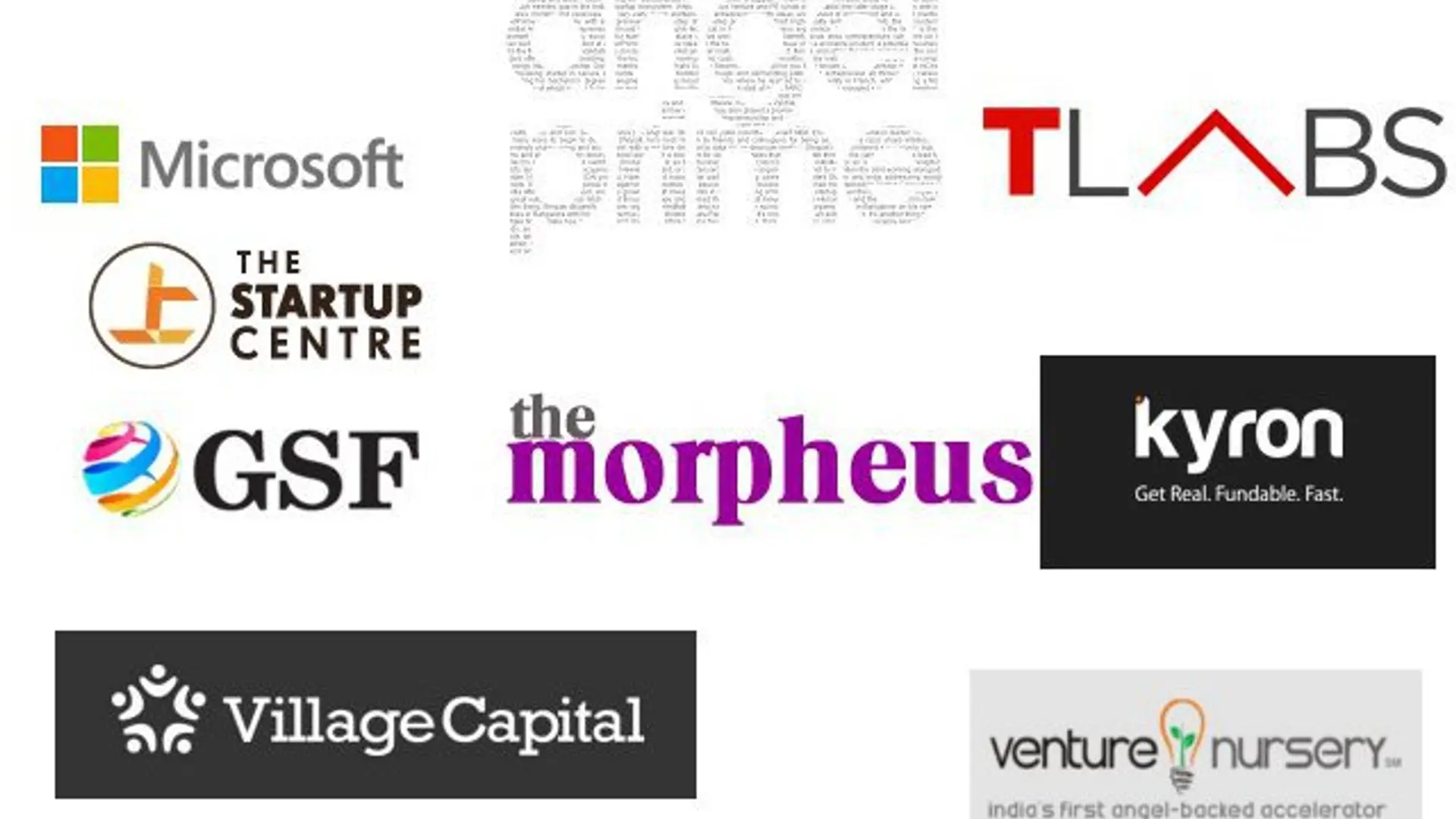Is it time for vertical accelerators to crash the Indian startup party?
A growing startup space like India needs all the support it can get and accelerators play a big role in this. Accelerators are typically three to six month programs where 10-15 startups are picked and put together giving them support in terms of finance, infrastructure, mentorship and networks. India has seen host accelerators coming over past few years, The Morpheus being the oldest to newer ones like GSF, T-Labs, Microsoft Accelerator and more (list at the bottom).

All these accelerators mainly focus on companies in the internet and mobile space that leverage technology to impact various sectors. The programs are designed broadly (with a lot of one-to-one focus) but startup has to extract the maximum on their own when it comes to sector specific guidance. And for a growing ecosystem, this is perfectly acceptable and certainly what is needed more. But in this economy where areas like affordable education and healthcare for the masses poses huge challenges, one does feel a need for industry specific accelerators.
But what are vertical accelerators?
Vertical accelerators are industry specific accelerators wherein startups from one or two industry verticals are brought together and given a boost. Such accelerators can only succeed when there are enough startups in the space and all the related parties from investors in the sectors to industry think tanks are associated with it.
The Silicon Valley has seen quite a few such accelerators and one such example is the recent Nike Accelerator- Powered by TechStars, this program is currently accelerating 10 companies in the sports sector. Another, in a more conventional area (Retail), is The Ark Challenge (for which MineWhat was an Indian startup that got through). Others are the likes of Matter (Media), Citrix (Cloud), HAXLR8R (hardware), etc.
Okay, so is it time for India?
Practically, the Indian startup space is blossoming right now and maybe we need a few more general accelerators before we get into industry verticals. Agrees Rajesh Sawhney, founder of the GSF Accelerator, “I think Indian ecosystem is still nascent for vertical accelerator, though there may be a case for one or two industries.”
A few years ago there was emergence of vertically focused venture and PE funds, but they found that the market is not mature yet.
Pavan Kumar, founder of MineWhat who has been through one such accelerator says, “The experience was really encouraging for us. Connecting with exactly the right people, the focus is immense. But it is a bit tough from the accelerators side.”
Sundi Natarajan, an investor and currently MD at Tabtor India gives a broader picture. “The critical component that is lacking today is active mentoring and in some sense making these startups ‘fundable’.” By fundable, Sundi does not imply to raise capital alone – but to round up the team, mentor & coach the team for the next stage of growth, providing all the support that is needed to get to the MVP including domain specific expertise and the pivot on market validation with real customers, prospects. In true sense, accelerate the entire starting up process to validate if an idea is viable to be scaled as a profitable business.
Education and Healthcare seem the verticals India can surely have accelerators in. “Education is a no brainer in the Indian context. Given the next 4-5 years horizon we are going to see a huge change in the education landscape in India. While some of these changes have already started in the west, India may actually see this happening at a much faster pace. Healthcare per se – has a longer lead time,” says Sundi.
What’s needed? The Pros and the Cons
Industry Vertical accelerators have one big upside (for startups) and a negative emerging from that upside (for accelerators).
Positive: Very High Focus with relevant connections and experts.
Negative: Deal flow. Accelerators have very few startups to choose from.
And this negative is magnified in India where the business of accelerators is kind of tricky and also no one is really sure whether if there’s really funding crunch (but the buck stops here). Setting up a vertical accelerator in India would mean picking startups like one would pick a needle from a haystack. This is purely because although the number of startups is encouraging but the quality still needs to go a notch higher.
But other models to build vertical based startups can certainly be looked at. “In the west some innovative investment models have emerged for healthcare where some grants, government investments de-risk fairly early stage risks by way of incubation after which angel / early stage investment takes over,” says Sundi. One thing that’ll be needed are encouraging steps from the policy makers and startup friendly decisions from the industry shapers to make vertical accelerators happen.
Links to existing Accelerators in India which take in relatively larger batch sizes:







